How does it work

en
 English
English
 Deutsch
Deutsch
 Italiano
Italiano
24 May
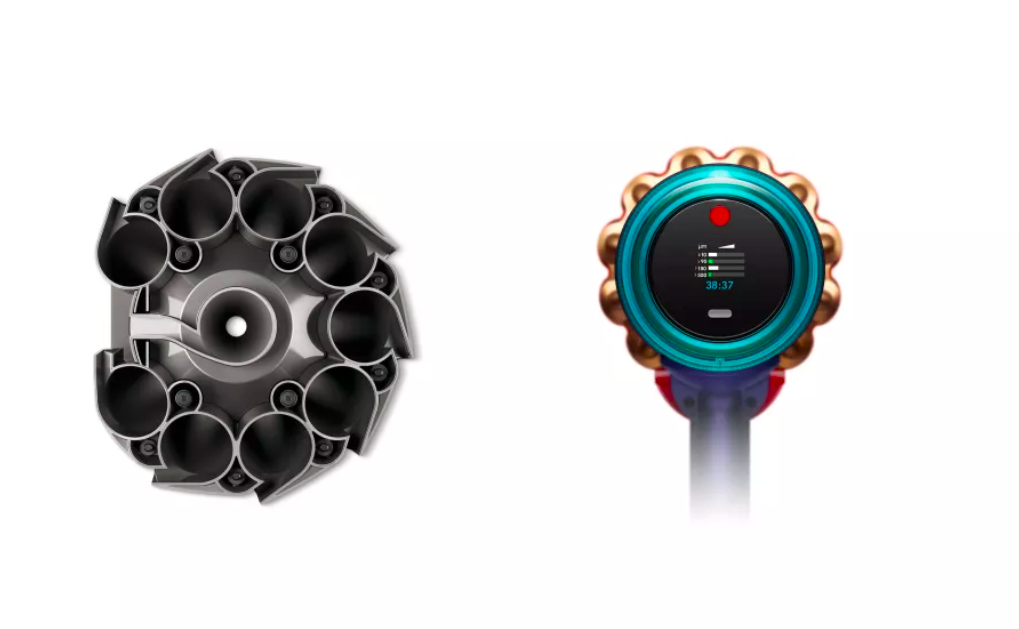
Dyson has revealed its latest clutch of clean tech products, which Wallpaper* previewed at the company’s new global headquarters – the St James Power Station on Singapore’s harbourfront, at the entrance to Sentosa Island. From a brand known for premium prices and high design, these four products promise to break new ground in the ongoing battlefront against germs and pollution.
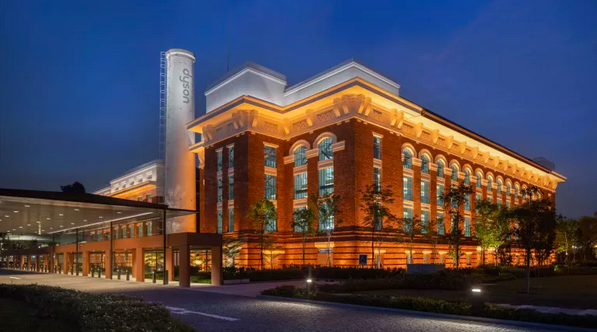
According to Charlie Park, vice president of floorcare at Dyson, World Health Organisation (WHO) statistics estimate that people now spend about 90 per cent of their time indoors. As a result, an increasing number of studies explore how dust and indoor pollution is affecting our health. Dust mites are a common cause of allergies, although it’s not actually the dust mites themselves, but their microscopic faeces.
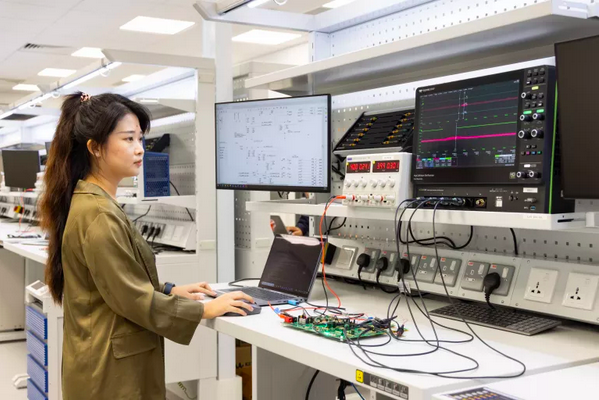
This unsavoury fact is not news to Dyson, which has been studying dust for over 20 years. The company has microbiology labs around the world, such as its research and development facility in Malaysia, where it has in-house dust-mite farms. Research for Dyson’s annual dust reports demonstrates that many people will only clean the dust and dirt that they see, which means things are missed.
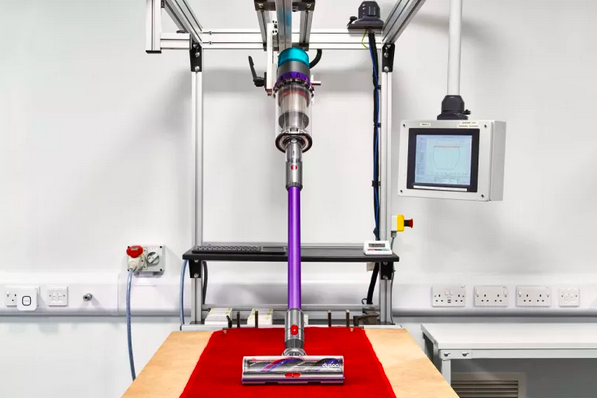
Dyson’s response to these stats is its latest stick vacuum – the Gen5detect and Gen5outsize – which has more suction power than previous models, and boasts the fifth generation of Dyson’s compact Hyperdymium motor, capable of spinning at up to 125,000rpm, which is ‘nine times faster than a Formula One engine’ and is so powerful it can pick up viruses.
The Gen5 uses ‘fluffy optic’ technology that illuminates twice as much invisible dust as Dyson’s previous vacuums, so people can see what needs to be cleaned, says Park. The machine’s HEPA filtration means viruses can’t exhaust back into the air. The Gen5 also has a user interface that gives real-time feedback on how clean your floor is. When the bars go down to zero you know all the dust has been picked up, which is particularly useful if you’re vacuuming carpets or rugs.
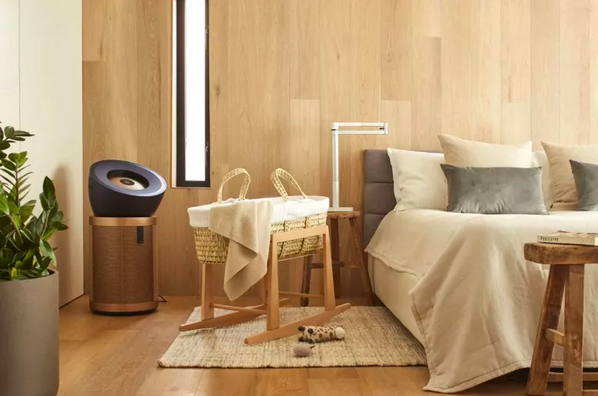
To deal with the air pollutants in our homes or workspaces, Dyson also released the Purifier Big+Quiet Formaldehyde. This air-purifying machine projects clean air up to 10m from where it’s placed, in the process trapping pollutants as small as 0.3 microns, including gas pollutants like formaldehyde, which it permanently destroys. It also monitors indoor air quality for things like C02 and sends live data to the user’s MyDyson app. The purifier, which has a cone-like form, is surprisingly quiet, considering how powerful it is and the size of the spaces it can clean.
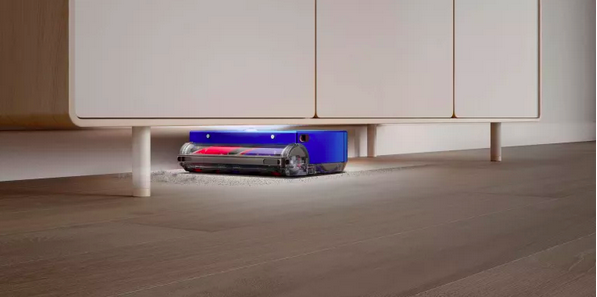
Given the choice between vacuuming your home or having someone or something do it for you, most of us would opt for the latter. The future of clean tech is intelligent robotic technology that does as good a job as a human. This is the thinking behind Dyson’s latest robot vacuum – the 360 Vis Nav.
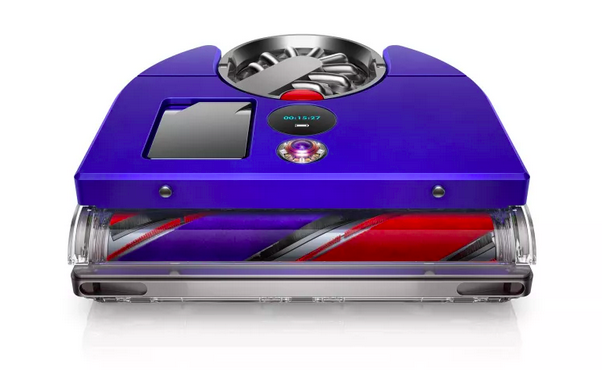
Dyson’s newest robot is as powerful as its cordless vacuums, lasts just under an hour before needing to be charged and self-docks when it needs to top up. It can be operated remotely, and onboard software is updated regularly and remotely by Dyson’s engineers (there are more than 6,000 of them).

Dyson also announced its first wet vacuum – the Dyson Submarine wet roller head – which uses enough water to clean the floor without saturating it. It has a separate tank for the dirty water, ensuring the machine is easy to clean.
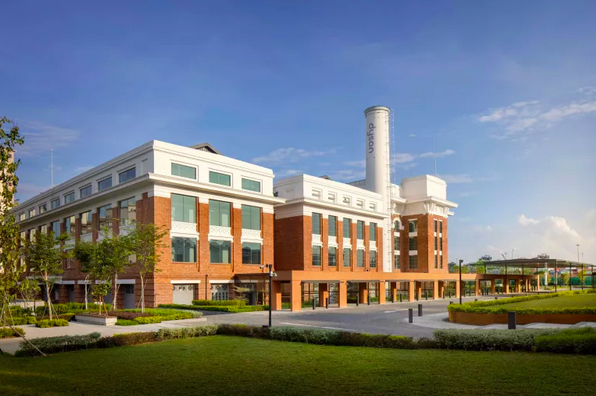
Dyson has been headquartered in Singapore since 2019, having moved production there in 2004. Its factory feels like an ultra-modern clockmaker’s workshop, 100 per cent automated with more than 300 robots that monitor and interpret everything going on the production lines. A new facility for battery manufacture in the west of Singapore will be joined by new research facilities in Bristol, UK, and the Philippines.
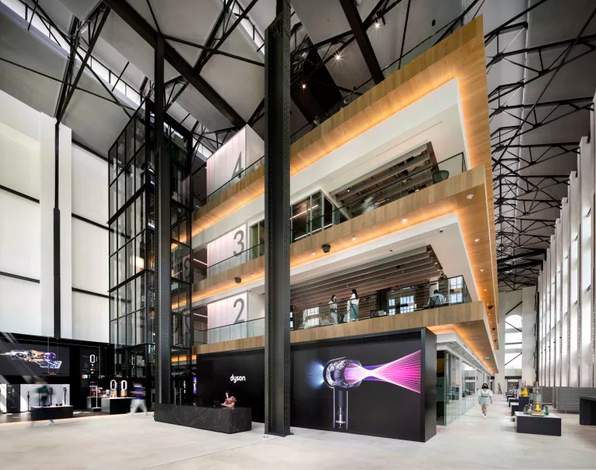
The heart of the operation is the refurbished St James Power Station, which became Dyson’s global HQ in 2022. The magnificent building was constructed in 1926 as Singapore’s first coal-fired power station, and the company worked with real estate company Mapletree, in collaboration with W Architects and Studio Lapis, to restore it over a two-year period. It’s now filled with research laboratories where engineers test and iterate their products, in an ongoing collaborative way. There are light and airy meeting rooms, open-plan presentation spaces and impressive dining areas.
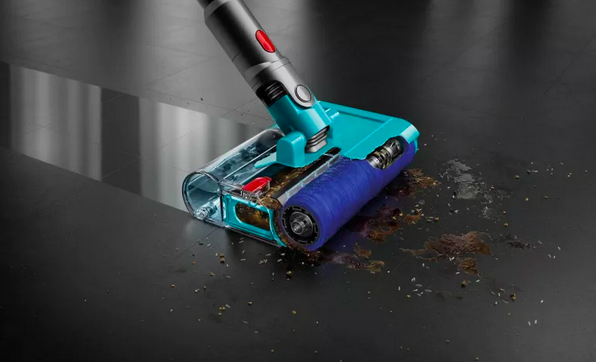
‘There’s nothing quite like walking into an exciting and uplifting building,’ says Dyson’s chief technology officer John Churchill. ‘It has made a huge impact on working together. It is a thrilling and inspiring space on every level – from the spiral staircase to the cathedral-like windows, to the iconic chimneys that make the building a Singapore landmark.’ The company will continue to wipe the floor with its competition.
All article from wallpaper.com